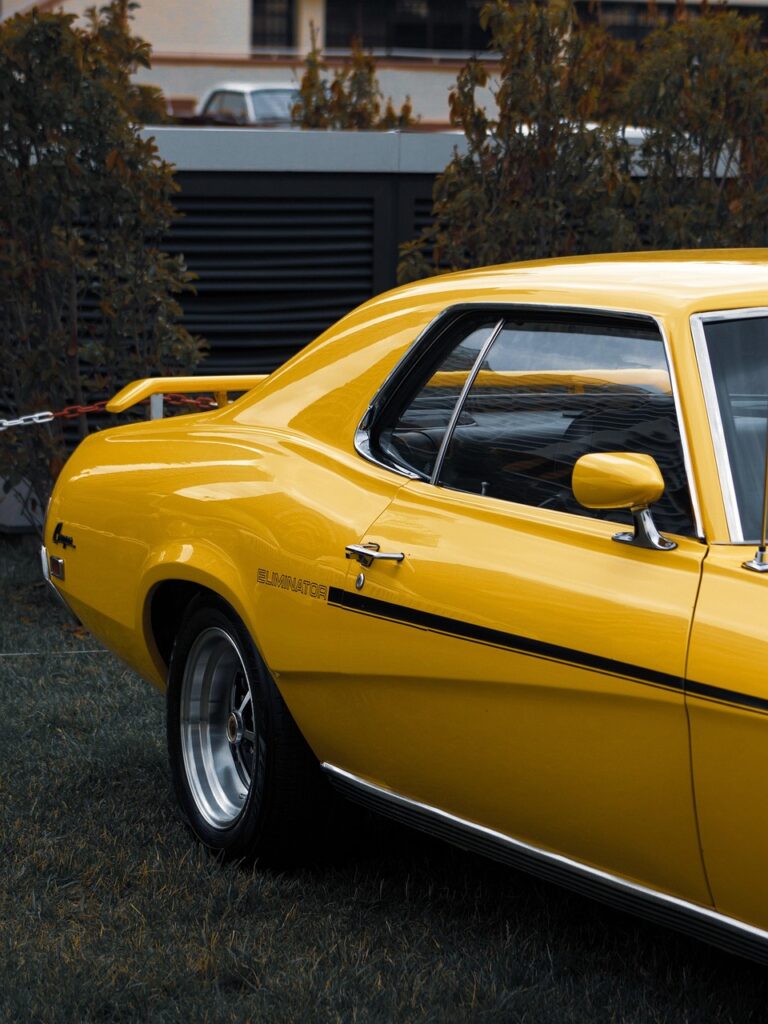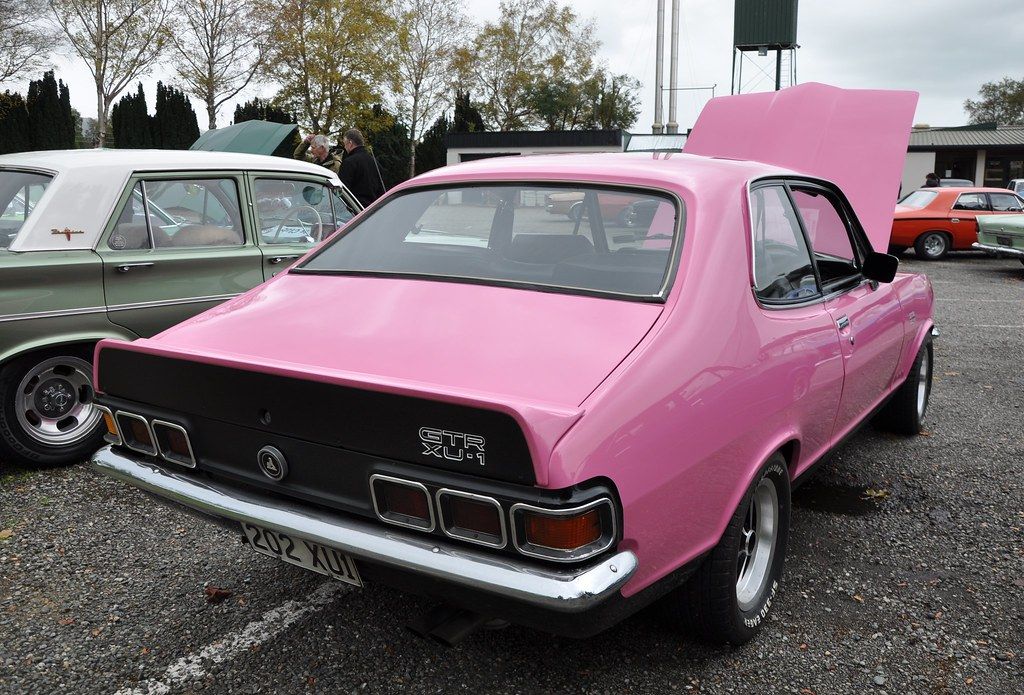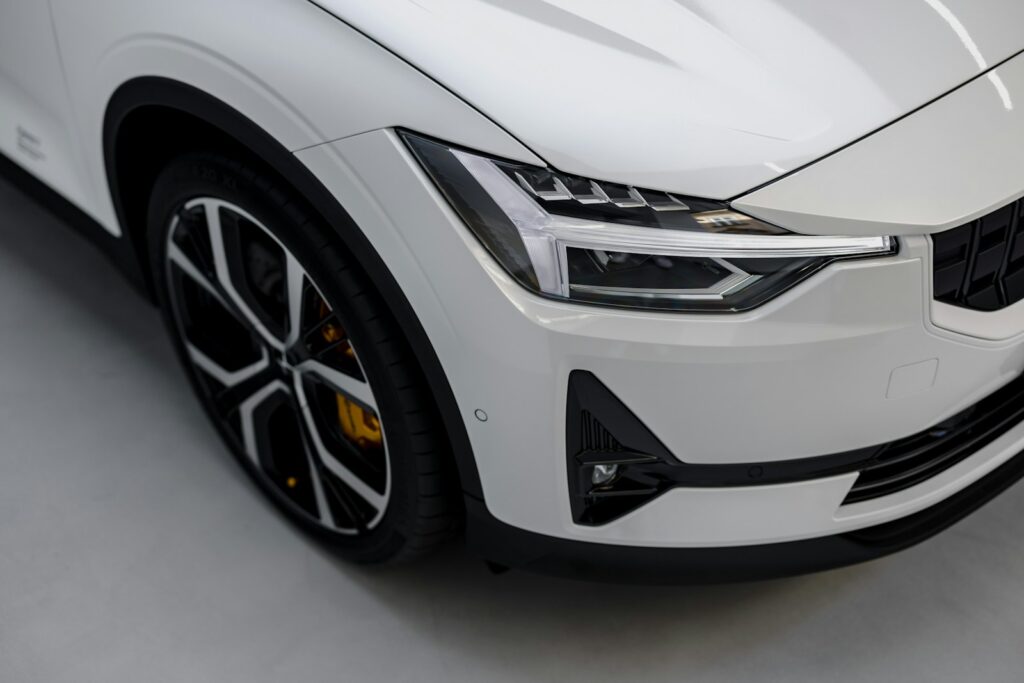
The history of the automotive industry is a captivating saga of relentless innovation, a constant quest to improve how we move, interact with our vehicles, and experience the open road. For every groundbreaking success—think of the shift from carburetors to fuel injection, or the advent of sophisticated driver-assist systems—there exists a graveyard of ambitious ideas that, despite their ingenuity, simply failed to ignite. These weren’t necessarily bad ideas, but rather concepts that, for a myriad of reasons, from technological immaturity to sheer impracticality, were destined never to truly catch on.
We stand on the cusp of an automotive future that, just a decade ago, seemed like pure science fiction, with self-parking vehicles and rearview cameras now commonplace. Yet, the path to these marvels is littered with fascinating detours—bold attempts to redefine the driving experience that, in retrospect, often elicit a chuckle or a raised eyebrow. These innovations, though ultimately unsuccessful, offer invaluable insights into the unpredictable nature of progress, reminding us that even the most creative engineering efforts must contend with the realities of cost, practicality, safety, and, crucially, consumer acceptance. They are a testament to the ceaseless human drive to reinvent, even when the outcome isn’t always a revolution.
Join us as we take a deep dive into some of these intriguing automotive ventures that, despite their initial promise, flat-out refused to catch on. These are the stories of the vehicles and features that aimed for the stars but, for one reason or another, remained firmly on the ground, leaving behind a legacy of curious ‘what ifs’ and important lessons for future innovators. From quirky design choices to overly ambitious technology, these examples highlight where creativity collided with practicality, often with amusingly bizarre results.

1. **Pop-Up Headlights**Pop-up headlights were undeniably a style icon, instantly adding a sleek, dynamic, and often futuristic aesthetic to cars that dared to embrace this bold design. Becoming synonymous with automotive coolness throughout the 1980s and 1990s, these disappearing lamps lent vehicles a distinctive personality, making them highly desirable for a generation of drivers. The allure was undeniable, transforming otherwise conventional fronts into aggressive, streamlined profiles with a flick of a switch, an engineering flourish that evoked speed and sophistication.
However, the charm of pop-up headlights was frequently overshadowed by their inherent mechanical complexities and corresponding drawbacks. The intricate motors and specialized mechanisms responsible for the synchronized raising and lowering of these lights were, unfortunately, highly prone to failure. This led to a significant amount of frustration for many drivers, who often faced costly and recurring repairs to keep their sleek cars looking and functioning as intended. The visual flair, while impactful, came at the price of reliability, a trade-off many eventually found unacceptable.
Beyond the maintenance headaches, pop-up headlights also presented practical challenges. Their very nature meant they added extra weight and complexity to the vehicle’s front end, and the fixed housings could, in some cases, hinder aerodynamic efficiency when the lights were retracted. Furthermore, evolving safety regulations, particularly those concerning pedestrian impact protection, increasingly disfavored designs with protruding or sharp elements. Combined with their mechanical frailty, these factors led to their eventual decline, marking the end of an era for this iconic, yet ultimately impractical, automotive feature. Not to mention, as the context points out, “they gave cars a humanistic look that was just too freaky.”
Read more about: Gone Too Soon? 15 Legendary American Brands That Vanished From Our Highways
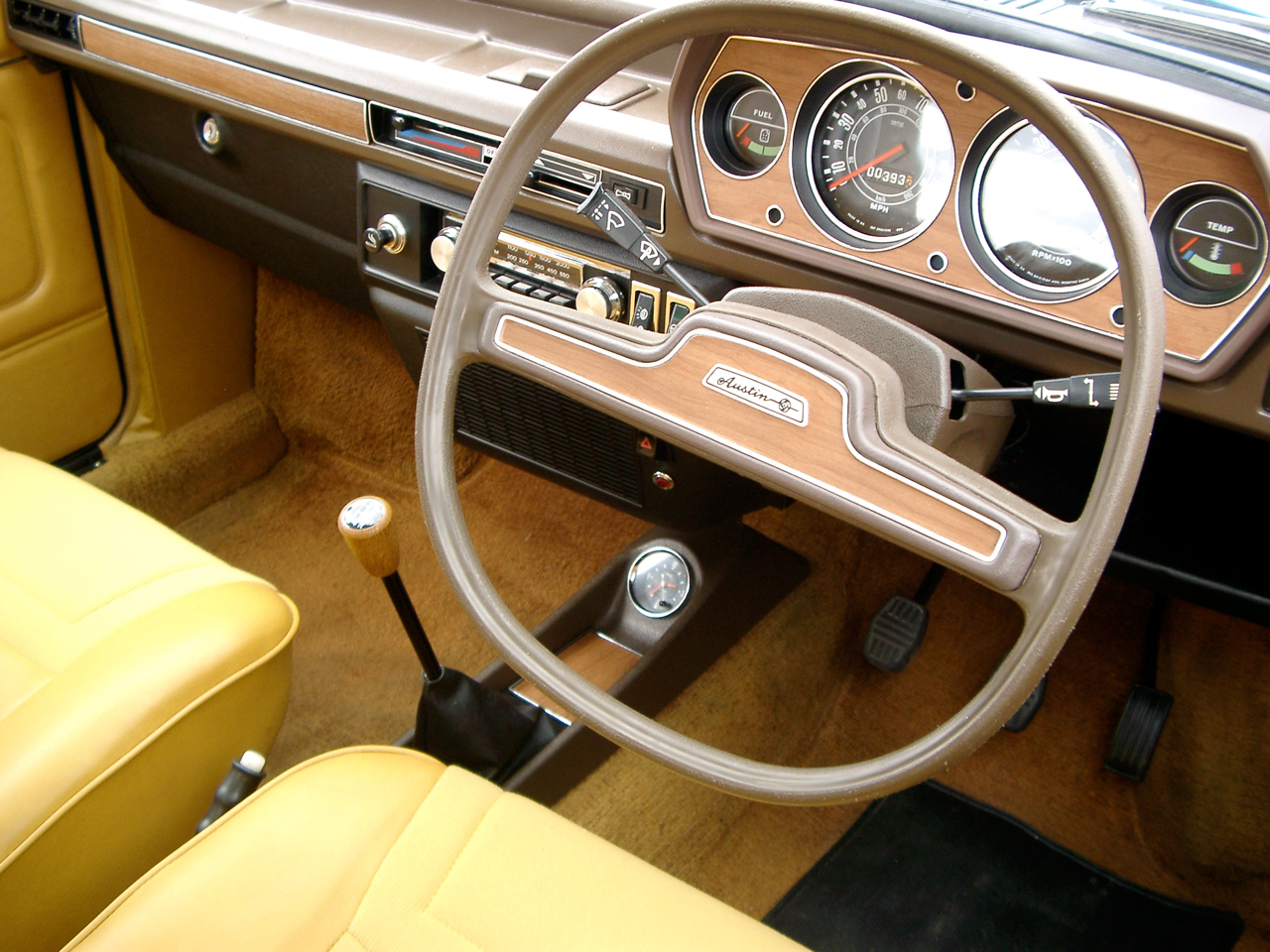
2. **Square Steering Wheels**Square steering wheels emerged as a truly unique and somewhat radical attempt to reimagine one of the most fundamental components of driver control. The underlying premise was to offer improved ergonomics, perhaps freeing up legroom or providing a clearer view of the instrument panel, all while delivering a strikingly futuristic aesthetic. This design aimed to break away from the traditional circular form, suggesting a new era of automotive interior design and driver interaction.
Yet, the reality of driving with a square steering wheel often fell short of its theoretical promises. Drivers quickly discovered that the unconventional shape made maneuvering the vehicle significantly more awkward and counterintuitive, particularly during tight turns, intricate parking maneuvers, or when quick, precise adjustments were needed. The natural, fluid motion associated with a circular wheel was disrupted, leading to a clumsy and often uncomfortable experience behind the wheel. The context vividly captures this, stating, “If you saw a driver swerving around in the early ‘60s, it’s probably due to the odd and strange feel of a square steering wheel.”
What was intended as a forward-thinking innovation instead became a source of driver discomfort and, arguably, diminished control. This particular experiment starkly demonstrated that not all innovations inherently equate to practicality or improved user experience, especially when they tamper with deeply ingrained functional expectations. Despite the desire for novelty and a futuristic cabin, the fundamental tactile and kinetic advantages of the circular steering wheel proved insurmountable, leading to the swift abandonment of the square design and reinforcing the enduring efficacy of the traditional wheel.
Read more about: Buyer’s Remorse on Full Display: 15 Vehicles Motorists Swear They’d ‘Unchoose’ if They Could, According to Driver Confessions

3. **Joysticks Instead of Steering Wheels**The concept of replacing conventional steering wheels with joysticks represented an even bolder, more dramatic vision for the future of vehicle control, drawing inspiration from aviation and gaming interfaces. This radical idea promised a sleek, minimalist cockpit and a potentially more intuitive, precise method of command, appealing to those who envisioned a truly revolutionary driving experience. Early proponents imagined a seamless, almost thought-controlled interaction between driver and machine, much like piloting a modern aircraft.
However, the transition from concept to practical application proved fraught with significant challenges, primarily the steep learning curve it imposed on most drivers. The established motor memory and intuitive feel associated with a steering wheel—where larger inputs correspond to larger turns—were completely upended. Drivers struggled with the precision required, often over-correcting or lacking the fine control necessary for safe and confident navigation, especially at varying speeds or in emergency situations. Issues with safety and a general lack of intuitive feedback further alienated potential users.
Despite the initial excitement and futuristic appeal, joysticks ultimately failed to gain any meaningful traction in the mainstream automotive market. The inherent complexities of adapting such a control system to the diverse demands of road driving, coupled with deeply ingrained consumer preferences for the familiarity and proven reliability of traditional steering wheels, sealed their fate. The context succinctly notes that steering wheels continued to dominate due to their “support, easy control, and natural hand placement,” concluding that joysticks would simply be “too unfamiliar to the general driving public.”

4. **Digital Dashboards of the ’80s**In the 1980s, amidst a surge of technological optimism and a desire to infuse cars with a high-tech aura, digital dashboards emerged as a prominent innovation. These cutting-edge systems aimed to redefine vehicle interiors, boasting vibrant digital displays for speed, RPM, and fuel levels, alongside futuristic touch-sensitive controls that replaced traditional knobs and dials. They promised a sci-fi experience, an immediate visual upgrade that projected a sense of modernity and sophistication.
However, the ambitious technology of ’80s digital dashboards was plagued by a host of technical issues that severely hampered their widespread adoption and consumer satisfaction. These systems exhibited poor durability, frequently suffering from malfunctions, flickering displays, and outright failures, which often left drivers with non-functional or unreadable information. The high cost of repairs, combined with their limited practicality and reliability compared to their analog counterparts, quickly overshadowed any perceived benefits.
Beyond the technical difficulties, these early digital dashboards struggled with fundamental design flaws. Visibility in direct sunlight was often compromised, making crucial driving data difficult to discern. Moreover, the novelty of flashing lights and segmented displays often failed to deliver the immediate, at-a-glance readability of traditional analog gauges. Consequently, the perceived benefits of these digital interfaces rapidly paled in comparison to the dependable and practical functions of well-understood analog instruments, proving that being ‘high-tech’ isn’t always synonymous with ‘high-performing’ in real-world driving conditions.
Read more about: Only Legends Know: Rediscovering 12 Iconic Car Stereos That Defined an Era of In-Car Audio Excellence

5. **Swivel Seats**Swivel seats were introduced with a commendable goal: to significantly enhance accessibility and convenience, particularly for elderly drivers or passengers with mobility challenges. Designed to gracefully rotate outward towards the car door, these innovative seats promised an unmatched ease of ingress and egress, transforming the often-awkward process of entering or exiting a vehicle into a simple, fluid motion. Their initial appeal was undeniable, offering a practical solution to a common physical limitation.
Despite their clear utility and initial popularity, swivel seats encountered formidable obstacles, primarily in their ability to meet ever-evolving and increasingly stringent safety standards. As automotive design shifted towards prioritizing passenger protection above all else, the inherent characteristics of swivel seats raised red flags. Modern crash testing and stricter regulations began to expose the safety risks associated with these rotating features during collisions, particularly side impacts, where the rotational mechanism could compromise structural integrity and passenger containment.
Automakers were ultimately compelled to abandon this ingenious feature, pivoting instead towards fixed seating designs that could more readily comply with contemporary safety protocols and crashworthiness requirements. While undeniably practical for convenience, swivel seats ultimately failed to strike the critical balance between accessibility and the rigorous demands of passenger safety. This historical footnote serves as a poignant reminder that even the most well-intentioned innovations must yield to the paramount importance of occupant protection in vehicle design.
Read more about: Unearthing Automotive Relics: Why Bench Seats Vanished—And 12 Modern Vehicles Still Keeping the Dream Alive

6. **Headlight Wipers**Headlight wipers were conceived as a straightforward, practical solution aimed at maintaining optimal visibility for drivers during adverse weather conditions. These diminutive, motorized wipers, strategically installed directly onto vehicle headlights, were designed to diligently clear away accumulations of dirt, mud, snow, and moisture. The intention was to ensure that the headlamps could provide consistent and effective illumination on the road, directly addressing a common safety concern when driving through inclement weather.
While the fundamental concept was sound and the functionality undeniably addressed a genuine visibility issue, many drivers ultimately perceived headlight wipers as an unnecessary addition. Over time, the need for such dedicated accessories diminished significantly due to parallel advancements in headlight design itself. Innovations like sealed beam units, which offered better protection from elements, and later, modern LED lights equipped with hydrophobic coatings, made the standalone wiper mechanism less critical. These new technologies could either resist build-up or were easier to clean passively.
Furthermore, the practicalities of owning headlight wipers contributed to their gradual decline in popularity. They represented an additional cost both in terms of vehicle purchase price and ongoing maintenance, adding another layer of mechanical complexity that could malfunction. As the automotive industry progressed towards more integrated and efficient lighting solutions, the added expense and upkeep requirements of headlight wipers rendered them largely obsolete, marking them as a functional but ultimately superfluous innovation.
Read more about: 13 Ingenious Household Hacks to Make Your Car’s Interior Look Brand New

7. **Onboard Record Players**In an era long before digital streaming or even compact discs, the notion of an onboard record player in a car must have seemed like the epitome of luxury and technological prowess. During the 1950s and 1960s, these in-car phonographs, often offered as optional features, promised music lovers the ultimate freedom to enjoy their cherished vinyl records while cruising down the highway. Chrysler, notably, offered such systems in many of its popular models, captivating the “bobby socks set” with this unique entertainment proposition.
However, the romantic ideal of a mobile jukebox quickly collided with the harsh realities of vehicular dynamics. One of the primary issues was the inherently delicate nature of vinyl records and the sensitive stylus required to play them. Car rides, particularly on the less-than-perfect roads of the mid-20th century, were far from smooth. This constant motion meant that records would frequently skip, jump, or get scratched, severely disrupting the listening experience and necessitating frequent, costly replacements. The sheer impracticality of maintaining playback quality under such conditions was a major deterrent.
Beyond the skipping woes, the logistics of using an onboard record player in a confined car interior presented further challenges. Changing records or flipping them from side A to side B while driving was, at best, a cumbersome and distracting task, and at worst, a significant safety hazard. The limited space also made it difficult to integrate a record player without sacrificing other essential features or precious storage. Consequently, despite their initial flashy appeal and novelty, onboard record players proved to be more trouble than they were worth, a luxurious but ultimately flawed innovation swiftly supplanted by more robust and practical audio technologies as they emerged.
Having explored some of the more curious and ultimately unsuccessful attempts to reshape the driving experience, we now shift gears to uncover additional innovations that, despite their ingenious aspirations, simply couldn’t find their footing in the mainstream automotive world. From well-intentioned safety features to radical structural overhauls and even fantastical cabin amenities, these next eight examples further illustrate the intricate dance between groundbreaking ideas and the harsh realities of implementation, cost, and, crucially, consumer acceptance. Each offers a unique perspective on the hurdles that even the most forward-thinking engineering concepts must overcome.
Read more about: The Definitive Guide: 14 Life-Changing Tech Gadgets Under $100 That Deliver Exceptional Value and Innovation
8. **Automatic Seatbelts**In the 1980s and 1990s, the introduction of automatic seatbelts was heralded as a significant leap forward in vehicle safety. The fundamental premise behind this innovation was to guarantee higher compliance with seatbelt laws and to intrinsically enhance passenger protection. These systems were ingeniously designed to automatically secure occupants the moment the car door was closed, thereby eliminating the often-overlooked step of manual fastening and aiming for a foolproof approach to safety.
However, this well-intentioned safety feature soon encountered a wave of consumer dissatisfaction. Many drivers found the mechanism to be both intrusive and irritating, as the belts would frequently tug uncomfortably or even snag clothing. Beyond the nuisance, the automatic seatbelts also proved to be less inclusive, often struggling to accommodate all body types, which created further discomfort and diminished their universal appeal.
Perhaps most critically, these systems were found to interfere with the proper functionality of airbags, a vital component of modern vehicle safety. This unforeseen interaction created a paradox where a safety feature inadvertently compromised another. The combination of discomfort, lack of adaptability, and potential safety conflicts led to a remarkably low consumer preference, sealing the fate of automatic seatbelts and paving the way for the refined, manually operated systems we recognize today.
Read more about: Buyer’s Remorse on Full Display: 15 Vehicles Motorists Swear They’d ‘Unchoose’ if They Could, According to Driver Confessions
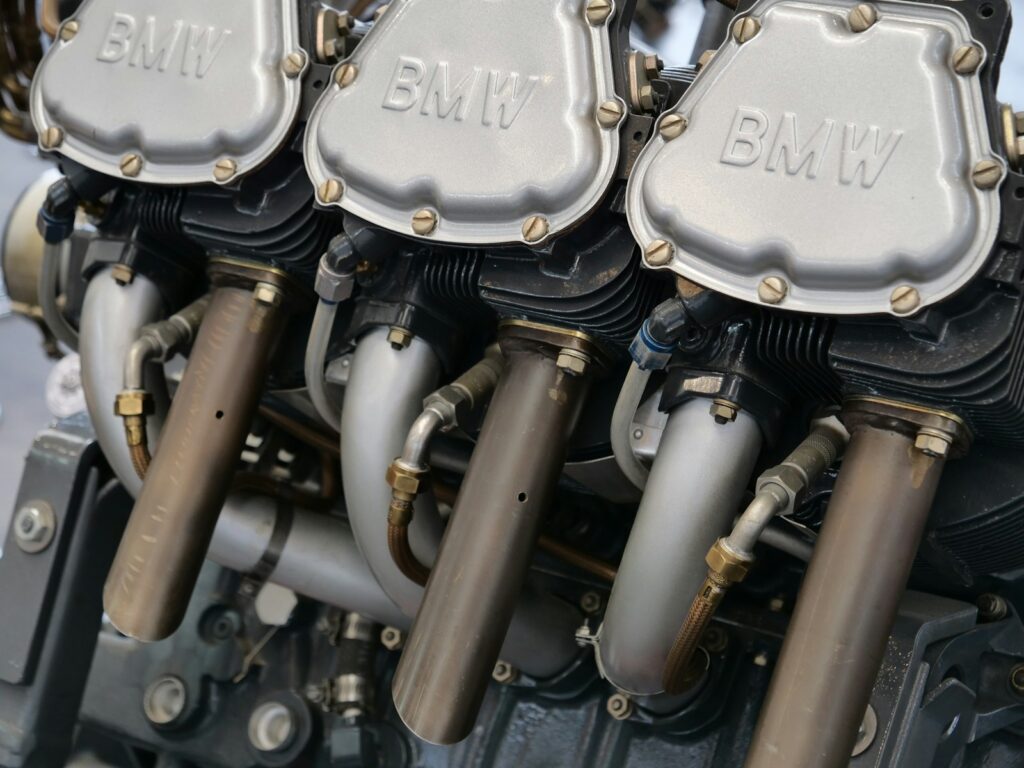
9. **Rear-Mounted Engines**Rear-mounted engines represent another fascinating, albeit ultimately flawed, chapter in the expansive history of automotive engineering. Initially, this innovation was embraced by several manufacturers, most notably Volkswagen with its iconic Beetle, driven by the promise of liberating interior space and achieving a superior weight balance. The concept offered a distinctive approach to vehicle architecture, suggesting new possibilities for cabin design and driving dynamics.
Yet, the placement of the engine at the vehicle’s rear introduced a distinct set of problems, primarily concerning weight distribution and its subsequent impact on handling. While it worked for certain niche applications, as automotive technology advanced, alternative configurations like front-mounted or mid-mounted engines began to consistently deliver superior handling characteristics and enhanced safety, especially at higher speeds and on more complex road systems.
The inherent drawbacks of rear-mounted engines became increasingly apparent over time, making broad adoption challenging for mainstream vehicles. Although the concept continues to define some high-performance or specialized sports car segments, its widespread application as a primary design choice has largely faded. It stands as a testament to an innovation that, while offering unique advantages, struggled to adapt to the evolving demands of general automotive performance and safety.
Car Model Information: 2012 Volkswagen Beetle 2.5L
Sp: uk
Name: Volkswagen Type 1,”Beetle”
Caption: 1965–1966 Volkswagen Käfer
Manufacturer: Volkswagen
Alt: A front-three quarters view of a pale-yellow Volkswagen Käfer. It features 165/80R15 tires, which shod 15×4. 5″ silver, circular wheels. The Käfer features a beetle-like body, and its window is open. The picture is taken with much greenery in the background, and the photo was edited to give it a more warmer tone.
Aka: List of names for the Volkswagen Type 1
Assembly: #Markets and assembly
Designer: Ferdinand Porsche
Class: Small family car
BodyStyle: Sedan (automobile),convertible
Production: 1938–2003,21,529,464 produced
Successor: Volkswagen Golf Mk1,Volkswagen Gol#First generation (Typ30, 1980),Volkswagen New Beetle
Layout: Rear-engine, rear-wheel-drive layout
Engine: Petrol,Volkswagen air-cooled engine,1192 cc H4,1285 cc H4,1493 cc H4,1584 cc H4
Transmission: manual transmission,Saxomat,Autostick
Wheelbase: convert
Length: convert
Width: convert
Height: 1500 mm
Abbr: on
Weight: convert
Categories: 1940s cars, 1950s cars, 1960s cars, 1970s cars, 1980s cars
Summary: The Volkswagen Beetle, officially the Volkswagen Type 1, is a small family car produced by the German company Volkswagen from 1938 to 2003. A global cultural icon known for its bug-like design, the Beetle is widely regarded as one of the most influential cars of the 20th century. Its production period of 65 years is the longest for any single generation of automobile, and its total production of 21.5 million units makes it the most produced car of a single platform in history and the second-highest of all nameplates manufactured in the 20th century.
The Beetle was conceived in the early 1930s. The leader of Nazi Germany, Adolf Hitler, decided there was a need for a people’s car—an inexpensive, simple, mass-produced car—to serve Germany’s new road network, the Reichsautobahn. The German engineer Ferdinand Porsche and his design team began developing and designing the car in the early 1930s, but the fundamental design concept can be attributed to Béla Barényi in 1925, predating Porsche’s claims by almost ten years. The result was the Volkswagen Type 1 and the introduction of the Volkswagen brand. Volkswagen initially slated production for the late 1930s, but the outbreak of war in 1939 meant that production was delayed until the war had ended. The car was originally called the Volkswagen Type 1 and marketed simply as the Volkswagen. It was not until 1968 that it was officially named the “Beetle”.
Volkswagen implemented designations for the Beetle in the 1960s, including 1200, 1300, 1500, 1600, 1302, and 1303. Volkswagen introduced a series of large luxury models throughout the 1960s and 1970s—comprising the Type 3, Type 4 and K70—to supplement the Beetle, but none of these models achieved the level of success that it did. In 1972, it became the best-selling car of all time, a position it retained for nearly three decades. Rapidly changing consumer preferences toward front-wheel drive compact hatchbacks in Europe prompted Volkswagen’s gradual shift away from rear-wheel drive, starting with the Golf in 1974. In the late 1970s and ’80s, Japanese automakers dominated some markets around the world, which contributed to the Beetle’s declining popularity.
The Beetle remains one of the best-selling cars of all time and is the first to sell over 20 million units. Over its lifespan, its design remained consistent, yet Volkswagen implemented over 78,000 incremental updates. These modifications were often subtle, involving minor alterations to its exterior, interior, colours, and lighting. Some more noteworthy changes included the introduction of new engines, models and systems, such as improved technology or comfort. The Beetle maintains a substantial cultural influence and is regarded as one of the most iconic vehicles in automotive history; its success largely influenced the way automobiles are designed and marketed, and propelled Volkswagen’s introduction of a Golf-based series of vehicles.
Get more information about: Volkswagen Beetle
Buying a high-performing used car >>>
Brand: Volkswagen Model: Beetle
Price: $13,985 Mileage: 27,389 mi.
Read more about: Inside Vanilla Ice’s Garage: A Deep Dive into the Rapper’s Eclectic and Multi-Million Dollar Automotive Collection
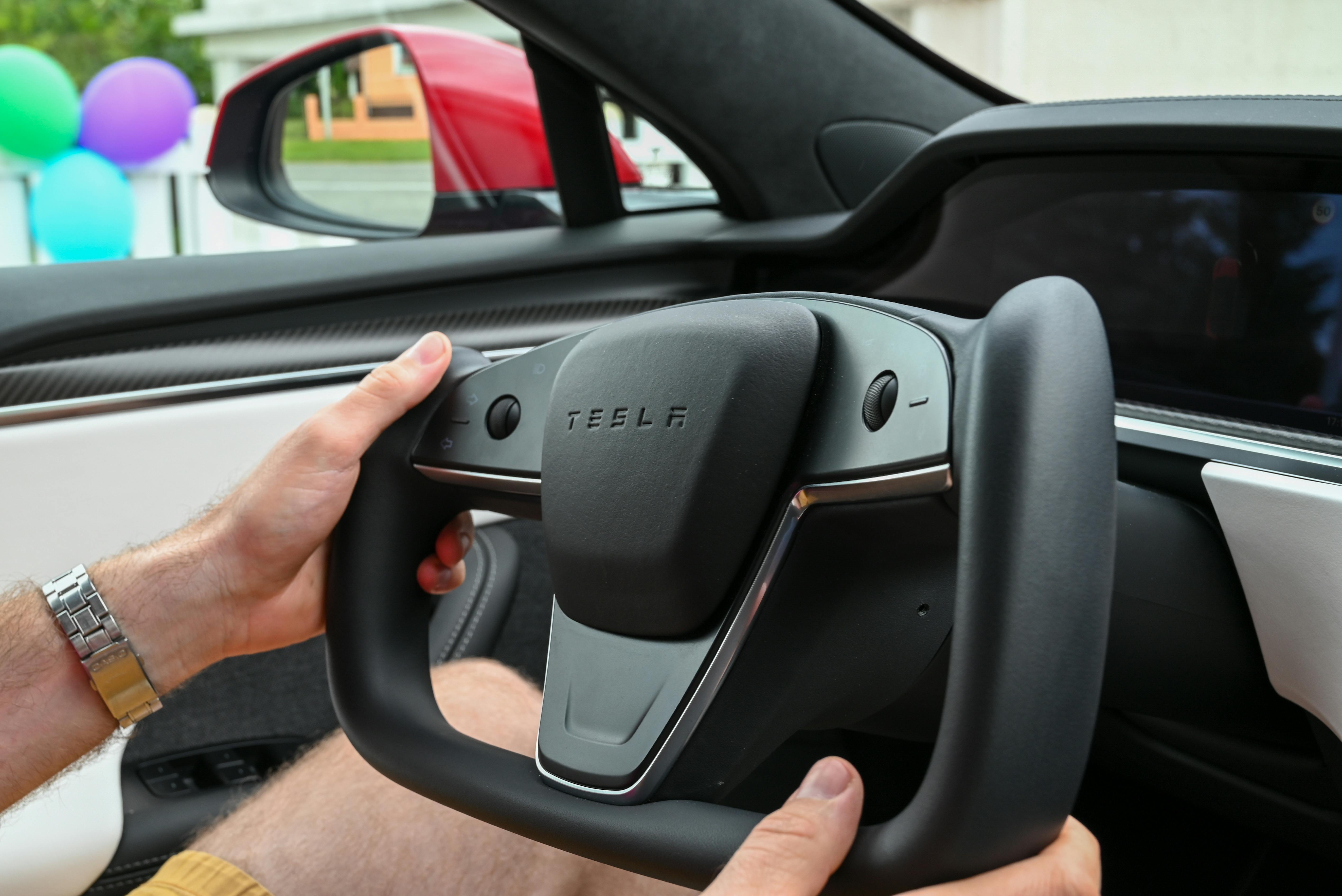
10. **Yoke Steering Wheels**Yoke steering wheels have made dramatic appearances on the automotive stage, positioned as a bold departure from the time-honored circular designs. They are often aggressively marketed for their strikingly futuristic aesthetics and the potential ergonomic benefits they theoretically offer. This radical reimagining of the primary driver interface aims to signify a new era of automotive interior design and interaction, pushing boundaries beyond traditional expectations.
However, despite their visual flair, critics frequently point out that the unconventional shape of yoke steering wheels can significantly hinder precise control, particularly during critical maneuvers like sharp turns or emergency corrections. This design departure inherently imposes a steeper learning curve on drivers, contrasting sharply with the immediate and intuitive familiarity offered by standard, circular steering wheels. The tactile feedback and ingrained muscle memory associated with a traditional wheel are simply not replicated.
While some modest benefits, such as a potentially improved and unobstructed view of the instrument cluster, are occasionally cited, the practical impediments of yoke steering wheels have largely limited their broader acceptance. Much like other radical innovations that challenge deeply ingrained driving habits, their long-term adoption remains highly uncertain, as driver preference for proven functionality and ease of use tends to consistently outweigh the allure of mere novelty in automotive design.
Read more about: When Luxury Goes Wrong: Eight High-End Cars Undermined by Critical Flaws
11. **Night Vision Systems**Night vision systems were introduced into select high-end vehicles with a clear and compelling promise: to significantly enhance nighttime driving safety. Utilizing sophisticated infrared technology, these systems were designed to detect objects and pedestrians in the darkest conditions, effectively providing an additional layer of protection where conventional headlights might fall short. On paper, this was a groundbreaking advancement, offering unprecedented visibility in poorly lit areas or challenging weather.
Despite their impressive capabilities and the obvious safety advantages, the implementation of night vision systems faced formidable challenges that severely restricted their widespread adoption. Foremost among these was the prohibitively high cost associated with the technology, which substantially inflated the overall price of vehicles equipped with such a feature. This made them an exclusive option, inaccessible to the majority of the market.
For the vast majority of drivers, the perceived benefit of these systems, while real, simply did not justify the steep financial outlay. The infrequency of situations where the system would be truly indispensable, combined with the significant cost, meant that night vision remained a niche luxury rather than a mainstream safety standard. This illustrates how even highly beneficial technology can be constrained by economic realities and the perceived value proposition for the average consumer.
Read more about: Inside Vanilla Ice’s Garage: A Deep Dive into the Rapper’s Eclectic and Multi-Million Dollar Automotive Collection

12. **Bubble Roofs**Bubble roofs were introduced as a distinct and bold car innovation, aiming to revolutionize the in-cabin experience by offering increased headroom and a palpable sense of airiness for both drivers and passengers. The unique curvature of these designs undoubtedly garnered attention, imparting a strikingly futuristic and distinctive aesthetic to the vehicles that adopted them. It was a visual statement, promising spaciousness and a connection to the outside world.
However, the extensive use of glass inherent in the bubble roof design quickly led to significant practical problems, particularly in regions with abundant sunshine. Drivers and passengers frequently complained about excessive heat buildup within the cabin. The large glass surface acted much like a magnifying glass, intensely amplifying the sun’s rays and turning the interior into an uncomfortably hot environment, especially during warmer months.
Another critical issue that emerged was the tendency for these roofs to trap water, which, over time, could lead to rust and structural damage to the roof assembly itself. Ultimately, the cumulative impact of poor practicality in real-world conditions—excessive heat and water retention issues—meant that this visually appealing innovation swiftly faded into obscurity. It underscored that aesthetic appeal must always be balanced with fundamental functional considerations.
Read more about: Your Comprehensive Guide to Flying with Emotional Support Animals: Navigating New Rules and Airline Policies Like a Pro
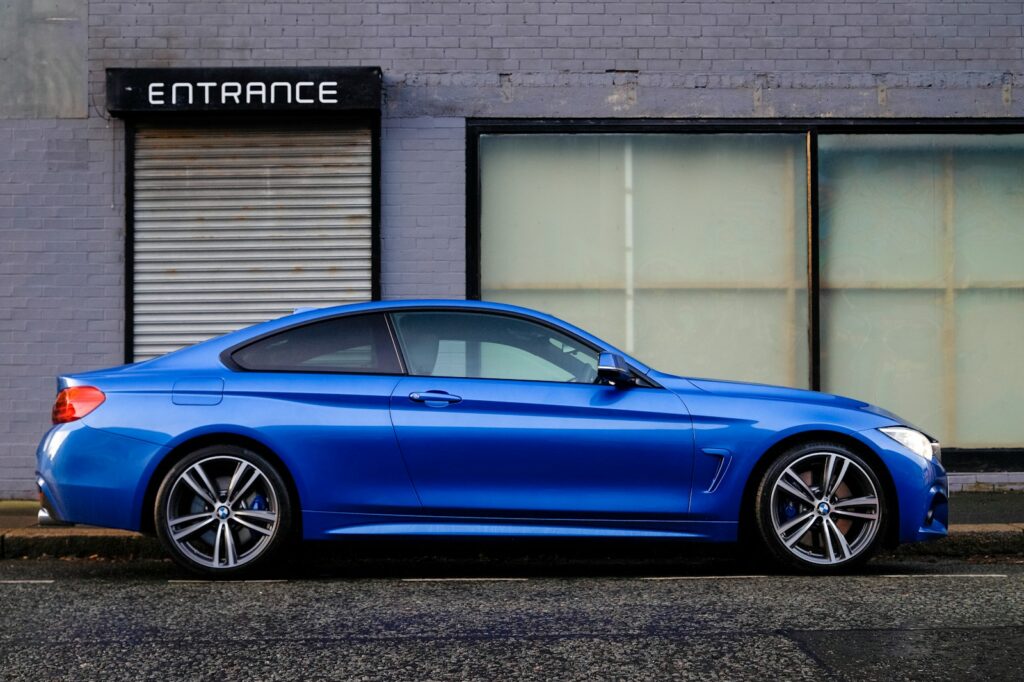
13. **Airless Tires**Airless tires were once enthusiastically hailed as a potentially groundbreaking innovation, promising a future where flats and sudden blowouts would become relics of the past. Designed to entirely eliminate the need for air pressure, these revolutionary tires aimed to significantly enhance durability and provide vehicle owners with a truly maintenance-free operational experience. Their robust, solid construction was actively marketed as the ultimate solution to pervasive issues like punctures and the constant chore of checking inflation.
However, despite the initial wave of enthusiasm, airless tires rapidly encountered significant and insurmountable drawbacks that rendered them impractical for widespread automotive use. One of the primary challenges they failed to overcome was their inherent inability to replicate the critical ride comfort and nuanced performance characteristics of traditional, air-filled tires. The absence of air’s cushioning effect often resulted in a considerably rougher and less forgiving driving experience, particularly noticeable on uneven or bumpy road surfaces.
Moreover, the rigid materials used in their construction imposed notable constraints on both handling and traction, leading to a reduction in overall driving efficiency and responsiveness. The compromise in ride quality and dynamic performance proved to be too substantial for general consumer acceptance. While the vision of a flat-proof tire remains appealing, the practical limitations regarding comfort and driving dynamics have, to date, prevented airless tires from making the leap into the mainstream automotive market.
Read more about: Unraveling Evolution’s Quirks: The Human Body’s Most Baffling Unexplained Features

14. **Built-In Vacuum Cleaners**Built-in vacuum cleaners, while undeniably a clever and convenient feature in specific scenarios, have largely remained a specialized solution rather than becoming a standard offering in the automotive world. These integrated systems offered the appealing prospect of keeping vehicle interiors meticulously clean, seamlessly addressing the common problem of dirt and debris accumulation without the need for external devices.
However, their widespread adoption was limited by several key factors. Such systems typically necessitated significant up-front installation costs, often making them an exclusive feature for new, higher-end vehicle constructions or specific customization packages, rendering them inaccessible to many drivers. Furthermore, their maintenance could be unexpectedly complex; issues like clogged pipes or motor malfunctions frequently required professional repair, adding to the long-term ownership burden.
While these systems offered the clear advantages of quiet operation and theoretically improved air quality by efficiently venting dust outside, the inherent lack of flexibility compared to easily portable, traditional vacuum cleaners ultimately curtailed their broader appeal. Over time, the internal vacuum system could also experience wear, affecting its performance. As the context succinctly puts it, while a neat idea, it hasn’t proven to be the most cost- and function-effective solution for drivers and their cars.
Read more about: 13 Crucial Household Items You Should Be Cleaning Every Single Day for a Healthier Home
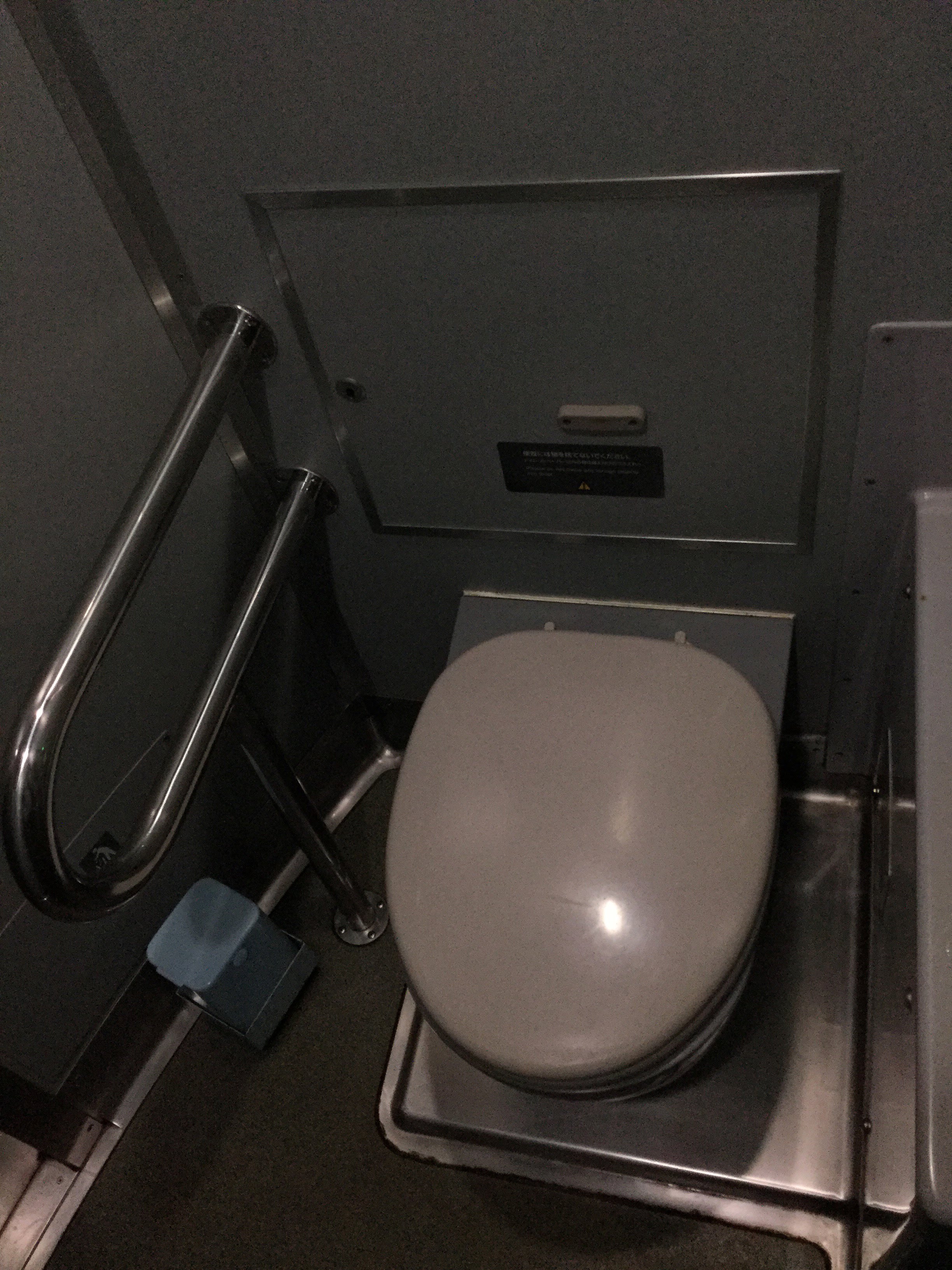
15. **The In-Car Toilet**It may sound like something from a whimsical concept car, but the notion of an in-car toilet was, believe it or not, seriously considered by major automakers in the late 1940s and 1950s. Cadillac, famously, developed a car equipped with a real, working toilet in 1947. This audacious innovation was initially conceived to help Cadillac achieve the feat of driving over 10,000 kilometers non-stop, a marathon test of endurance and self-sufficiency.
While the concept proved functional for a one-off stunt car, the practicalities of integrating a toilet into most production vehicles proved to be horrendous. The sheer challenge of finding an adequate space for the toilet itself, alongside a necessary tank to store excrement, was a significant design hurdle. Vehicle interiors, even in larger cars, are inherently constrained environments, making such an addition cumbersome and invasive.
Beyond the spatial challenges, there were, of course, a litany of hygiene and comfort issues. Concerns over splashing, spraying, inevitable messes, and, perhaps most critically, pervasive odors made the prospect of an in-car toilet deeply unappealing. In the end, it was overwhelmingly clear that for motorists, the simple act of pulling over at a gas station or rest stop to use a conventional toilet was infinitely more practical, dignified, and hygienic. This innovation, despite its ambitious aims for convenience, ultimately succumbed to the undeniable realities of human physiology and vehicular practicality.
Read more about: Beyond the Hype: Unearthing the Strange Origins and Epic Fails of 12 Iconic Innovations
The journey through these remarkable, yet ultimately unsuccessful, automotive innovations offers a compelling narrative of human ingenuity at its most persistent. Each concept, from the comfort-driven swivel seats to the audacious in-car toilet, represents a moment where engineers and designers dared to dream beyond the conventional. Their stories are not merely tales of failure, but rather profound lessons etched into the very fabric of automotive history—reminders that even the most brilliant ideas must navigate the complex interplay of technical feasibility, economic viability, regulatory demands, and, above all, the evolving preferences and practical needs of the driver. As we look towards an increasingly automated and electric future, these ‘what ifs’ from the past serve as invaluable guides, continuously shaping the innovations that will truly redefine our relationship with the road ahead.




